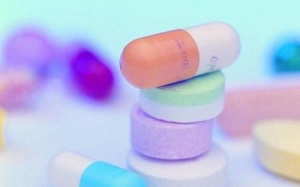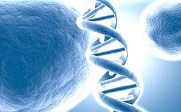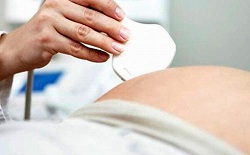Chronic vulvar discomfort characterized by burning, pricking, tenderness, or irritation of the vulva is collectively called vulvar pain. Vulvar pain is a heterogeneous group of diseases, which may be caused by multiple factors, such as fungal infections and improper medication, psychological factors, genetic factors, dietary factors, the effects of sex hormones, abnormal pelvic floor muscle tension, etc. So what are the main causes of vulvar pain?
Candida infection (28%):
Normally, vaginal bacteria, a small number of anaerobic bacteria, mycoplasma, and Candida keep an ecological balance together. However, when human immunity is low, endocrine hormones change, or external factors such as tissue damage, sexual intercourse, destroy the ecological balance of the vagina, these habitual bacteria will become pathogens, break through the vaginal barrier and cause infection, causing Candida vulvitis and so on.
These symptoms can also be caused by the improper use of antifungal drugs many times. Patients can try Fuyan Pill, natural medicine to treat them. It can clear away heat and detoxify toxins, effectively kill all kinds of bacteria and pathogens, such as Candida, mycoplasma, chlamydia, and so on. It can also activate blood circulation and remove blood stasis, eliminate vulvar pain, and other uncomfortable symptoms of patients.
Iatrogenic factors (15%):
Patients with vulvar pain often have multiple medical histories of using external medicines. Because the protective barrier function of the cuticle of vulvar skin is not as good as that of other parts of the skin, vulvar irritation caused by external medicines is more common.
The stimulation may not be the cause of the initial symptoms, but it may prolong the symptoms of vulvar pain. The original lesion should be the cause. The incidence of allergic contact dermatitis did not increase, and there was no histological evidence to confirm or exclude the occurrence of allergic contact dermatitis.
Psychological factors (12%):
Patients with vulvar pain usually have obvious psychosocial and sexual disorders, but whether they can cause symptoms is still controversial. Insufficient sexual arousal during intercourse can reduce lubrication and lead to vulvovaginal stimulation, while periodic symptoms of vulvovaginal stimulation can cause vulvar pain.
However, several studies have not shown the incidence of patients' unpleasant sexual experience, or sexual promiscuity was higher than that of the control group, and there was no obvious sexual, psychological disorder in their sexual partners.
Genetic quality (10%):
Vulvar pain tends to occur in whites, while it is rare in blacks and Asians. Whether this is a true genetic tendency or the influence of social demographic factors is uncertain.
Dietary factors (15%):
Some scholars speculate that vulvar pain is related to hyperoxaluria, and acute oxalate crystals cause severe burning pain on the surface of the the epithelium. However, the 24-hour urinary oxalate excretion of patients is not higher than that of the control group. Calcium citrate combined with a low oxalate diet for three months, only 10% of patients recovered. Therefore, urinary oxalate cannot be the cause of vulvar pain, but it can be used as a non-specific stimulant to aggravate vulvar pain.
Estrogen effects (12%):
The effect of estrogen is reflected in:
(1) The symptoms of many patients are aggravated during menstruation.
(2) Serum estrogen levels are low, which often occurs after childbirth (when estrogen is relatively deficient), even in cesarean section.
(3) The relative risk of oral contraceptives and vulvar pain increased 11-fold. Although estrogen may contribute to the occurrence of symptoms, its role needs further evaluation. There is no comparative study showing that estrogen replacement therapy (external or oral) is effective.







